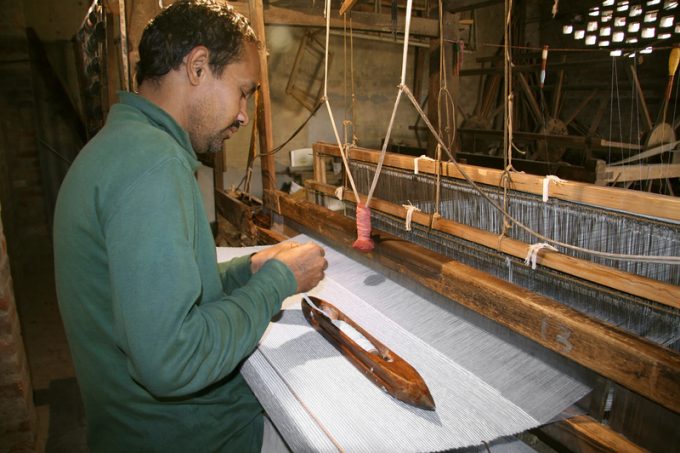Air freight rates ex-Dhaka set to surge after transhipment options are cut
Airfreight rates out of Dhaka are expected to surge after India cancelled transhipment access for ...

Indian apparel exporters are seeing an opportunity to grab more export orders amid the current production disruption in Bangladesh.
This month, Bangladesh has seen violent demonstrations by garment workers over wage demands, bringing factory lines to a halt and global buyers already had concerns over political tensions ahead of elections in December for a new government.
Meanwhile, the Indian apparel industry aims to reach $40bn in RMG (ready-made garment) exports by 2030, from $16bn registered last fiscal year.
“This target, aptly named 40 ...
Maersk u-turn as port congestion increases across Northern Europe
Apple logistics chief Gal Dayan quits to join forwarding group
Maersk Air Cargo sees volumes fall as it aims for 'margin in favour of revenue'
Airlines slash freighter capacity post-de minimis, but 'the worst is yet to come'
Houthis tell Trump they will end attacks on Red Sea shipping
Transpac rates hold firm as capacity is diverted to Asia-Europe lanes
MSC revamps east-west network as alliance strategies on blanking vary
India-Pakistan 'tit-for-tat' cargo ban sparks sudden supply chain shocks

Comment on this article